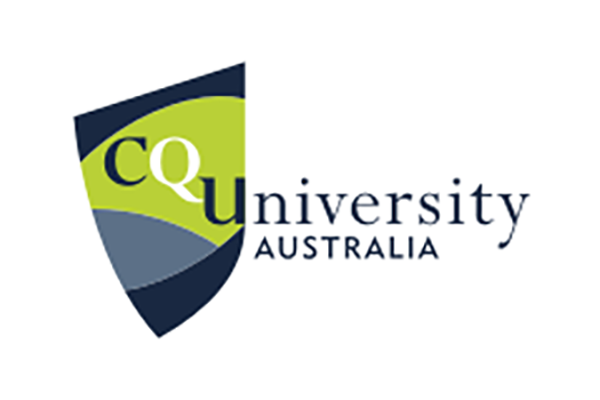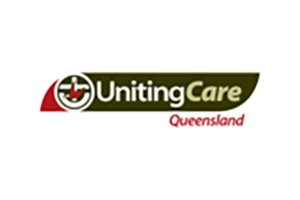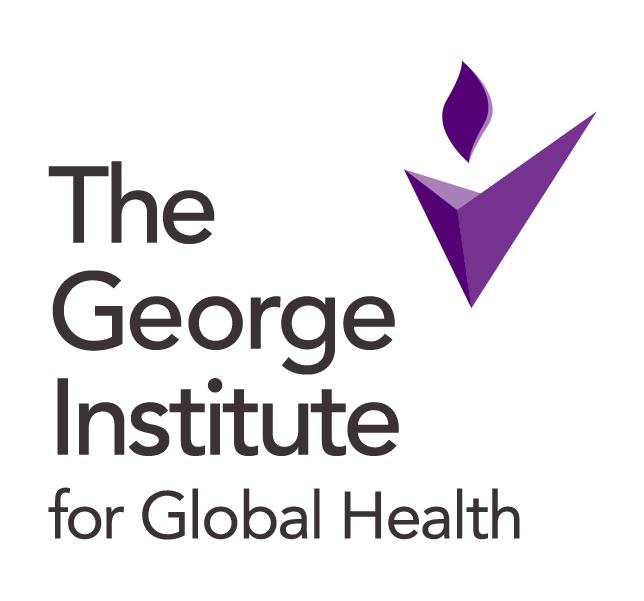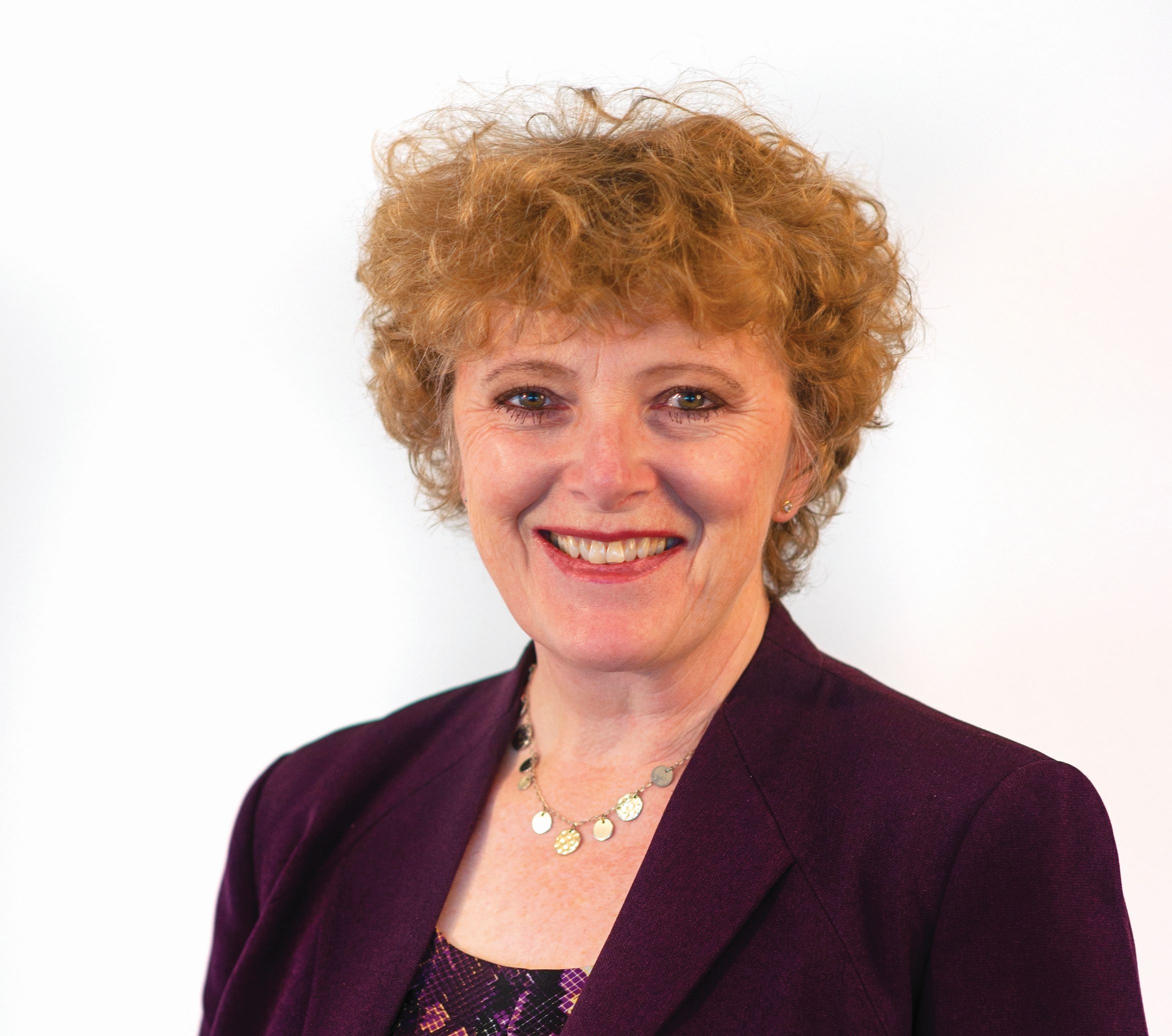

That URL is not an article or blogpost. Redirecting to the homepage.










If you want to learn how to lead teams, study leadership.
But if you want to learn how to lead projects, ideas and innovation, you need to study Expertship
Kim Johnson
Head of Organisation Development - Pacific
Aon

Since 2000, we've used one-on-one coaching to push executives to commercial and organisational success.
We have a proven track record with focused organisational development interventions: capability frameworks, scenario planning and strategy.
Barbara Miller
Director
People and Culture
Central Queensland University (CQU)

Our small group coaching process is the more effective way to develop frontline leaders.
It's short, sharp and effective development for busy, practical people.
Sally Sharman
Learning and Development Manager
DuluxGroup






This article explores redefining high-potential employees in government agencies, highlighting the shift from focusing only on future people leaders to supporting subject matter experts (SMEs) through a change in the way organisations define "potential".

How would graduates of the Mastering Expertship program describe the program to prospective participants?

Mastering Expertship is our flagship professional growth program for top technical subject matter experts in a wide range of domain fields. It has been described by participants and their managers as the MBA for experts.

Details of the NZ Government Mastering Expertship Programs.
.png)
The road to super-charged impact and influence starts here for technical subject matter experts and their organisations.. Expertunity’s public Mastering Expertship programs offer a risk-free and low-cost entry point to invest in the careers of SMEs.